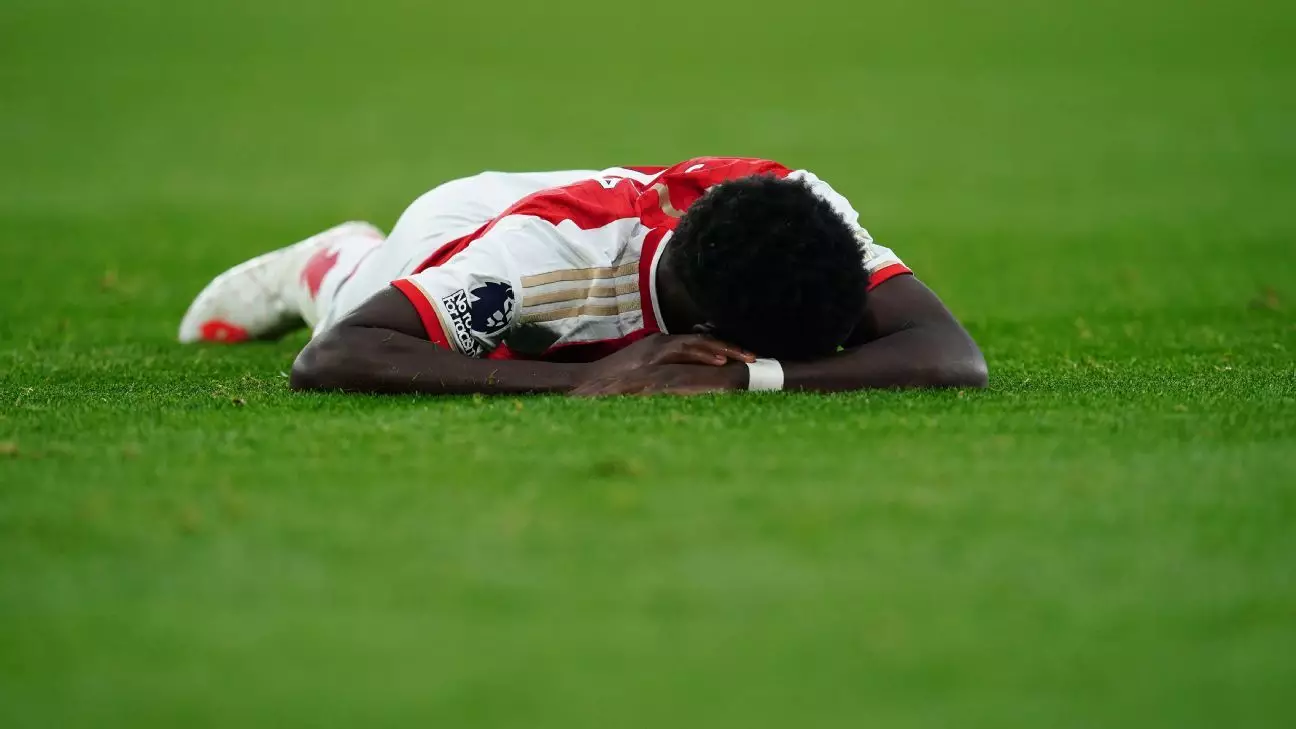In recent years, the issue of player burnout has become increasingly prominent in the football landscape. With elite athletes like Erling Haaland, Kylian Mbappé, and Jude Bellingham voicing their concerns over an excessive fixture schedule, the discourse surrounding player welfare is reaching a breaking point. As multiple factors contribute to an ever-expanding football calendar, the question arises: are we venturing closer to a historical player strike in the sport?
The expansion of tournaments such as UEFA’s club competitions and FIFA’s newly introduced Club World Cup has exacerbated the already intense demands on professional footballers. This season is predicted to be the longest in history, particularly with the Club World Cup scheduled in the summer—a time when players are expected to recuperate. As a result, personal accounts from players are not just complaints but signals of a systemic issue that threatens their physical and mental well-being.
In a notable development this week, Manchester City midfielder Rodri openly warned that players might consider strike action if their grievances about the congested fixture list continue to be dismissed. His sentiments were echoed by esteemed players, including Real Madrid’s Thibaut Courtois and Liverpool’s Alisson Becker. Their growing frustrations are compounded by the increasing pressure from coaches like Pep Guardiola and Jürgen Klopp, who have raised alarms about player fatigue and injury risks. It seems that there is a collective realization among players and managers alike that the current footballing structure is unsustainable.
The reality of modern football is that top players frequently juggle long domestic seasons with international commitments, resulting in an overwhelming schedule that can easily exceed 60 matches in a year. This relentless pace includes not just league games but also international friendlies, qualifying matches, and various tournament fixtures. The forthcoming Club World Cup this June, with its extensive 63-match format, represents a stark departure from past competitions like the Confederations Cup, which was less taxing on players.
While FIFA insists that this new competition merely replaces a previous structure, the difference in scale and player involvement cannot be understated. The resulting pressure on players is pushing them to reconsider the status quo and highlight the urgent need for reform.
Adding fuel to the fire, FIFPRO, a global organization representing over 65,000 footballers, has started legal proceedings against FIFA. Citing the overloaded football calendar as dysfunctional, FIFPRO’s actions have garnered support from various European leagues representing numerous professional clubs. Their legal stance stresses that the Club World Cup could signify a tipping point for player welfare—demanding attention from governing bodies and a reassessment of their decisions.
Maheta Molango, the CEO of England’s Professional Footballers’ Association, has emphasized the potential for industrial action if player concerns are ignored. Yet, while the prospect of a strike looms, it is essential to recognize the challenges in garnering solidarity among players from various tiers of the sport. The striking dichotomy exists between multimillionaire athletes and those who earn modest salaries in lower leagues, complicating the likelihood of unified action.
Despite the growing chatter about strikes, the reality of executing such action remains fraught with challenges. While player unions seek to impose restrictions on the number of games played each season, persuading a diverse player base—particularly those facing financial demands—will be a complicated endeavor.
Even if a player’s strike were to gain traction, rallying substantial support from a broad spectrum of players will be intricate. Would lower-league players, bound by financial constraints, be willing to withdraw their services in solidarity with top earners? This critical question will shape the feasibility of any strike action, underscoring the need for strategic foresight from player associations in crafting a unified response.
As we navigate this complex landscape, it becomes increasingly apparent that the future of football rests heavily on addressing player welfare. Concerns raised by influential athletes, combined with legal actions led by unions, suggest that this issue cannot be overlooked. However, the path forward is fraught with complexities, driven both by economic realities and the vested interests of multiple stakeholders.
Until club owners and FIFA come to the table to discuss the pressing need to reform the football calendar, the possibility of a strike remains a distant prospect. Yet, with every statement made by high-profile players, the urgency of the situation remains in the spotlight, ensuring that discussions on player workload will continue to resonate well into the future. Football’s governance structure may need a significant overhaul, and the voices of the players will be crucial in shaping future decisions.

